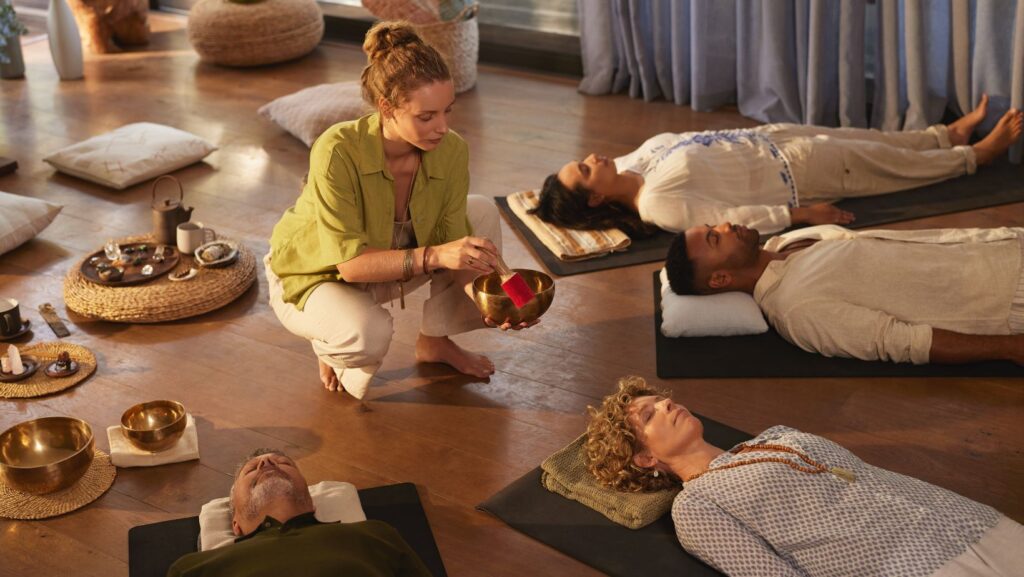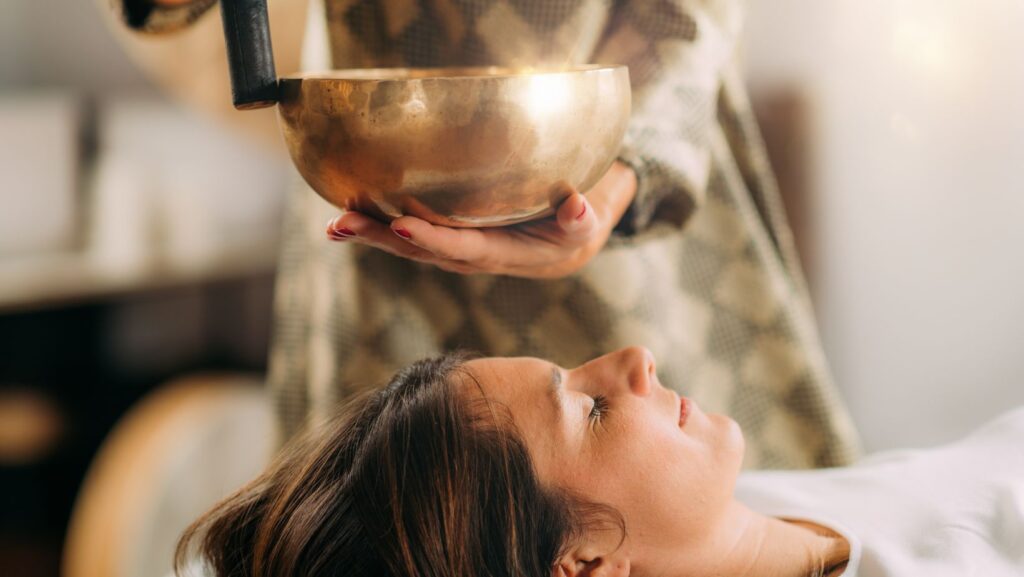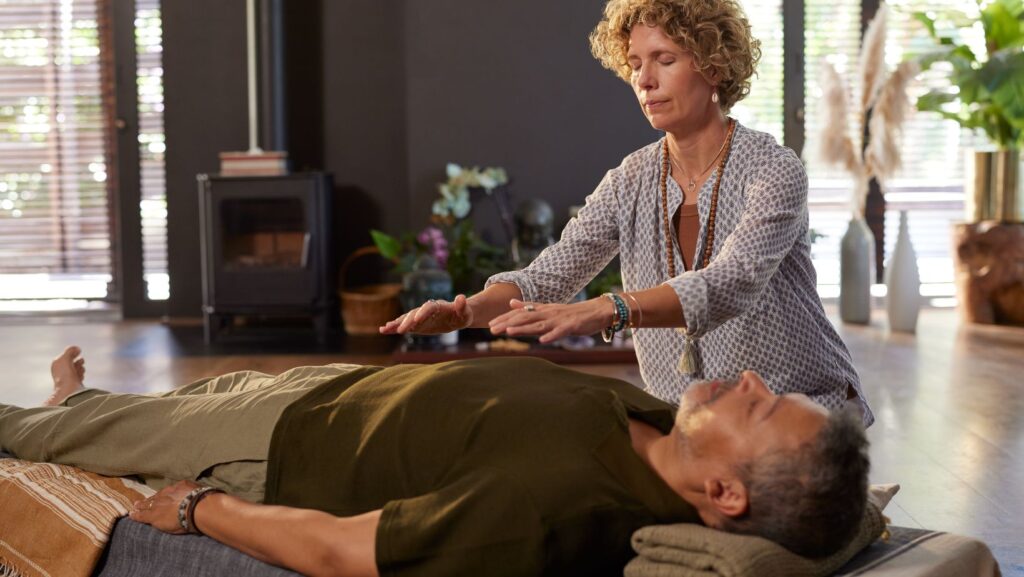For centuries, human beings have found methods to remediate the body, tension, and equilibrium. We learn other ways too that people have long known the benefits of massages beyond relaxation: For centuries, indeed—before there even was modern medicine—humans had methods for alleviating pain and promoting comfort. One of the most ancient and trusted of these techniques is massage, a powerful path to physical relaxation with proven benefits for overall wellness.
At its most basic, massage is the act of kneading muscles and tendons as a means to improve physical function and/or relieve pain. Although some may think of it as something indulgent that people ask for in the palace or at the spa, massage has a long history and deep cultural roots as a powerful therapeutic practice. By 2500 BCE, Egyptian hieroglyphs show the use of massage in conjunction with the use of oils to soothe painful muscles. Similarly, Tui Na has been used by traditional Chinese healers for more than 2,000 years to facilitate the flow of energy (qi) and balance the body.
Also in India, massage with natural oils and holistic therapies are combined to balance the body’s doshas; this is believed to help you achieve physical and emotional harmony. Even in ancient Greece and Rome, massage therapy was practiced as part of medical treatment. Doctors as far back as Hippocrates suggested that massage be prescribed to alleviate everything from muscle stiffness to circulation problems, sensing the power of the mind-body connection long before modern science could provide evidence.

Massage is particularly special because it can be used for anything. Throughout the centuries, numerous modalities have developed to meet a variety of needs. Swedish massage, which may be the most well-known type today, is also one of the most versatile in dealing with classic styles and dedicated strokes for improving relaxation and blood flow. The goal of deep tissue massage is to work out pent-up tension or “adhesions” in the body’s deeper soft tissues. Sports massage, designed with athletes in mind, can help to prevent injury and enhance performance, and lymphatic drainage massages promote the flow of lymph fluid, which helps support immune function and detoxification. Whether it’s by the touch of a hand or a machine, the basic principle seems to be that massage allows touch to coax and cajole the body’s natural systems into aiding and abetting our healing processes.
Today’s science is reinforcing what our ancestors simply knew. Research demonstrates that receiving massage regularly can reduce stress hormones, ease pain, and improve the quality of sleep, in some cases, boosting alertness and improving mood. The term is gaining popularity as part of rehabilitation, chronic pain, and mental health treatment, which emphasizes just how pertinent it is in today’s hectic, stressful world. It offers a non-threatening treatment option as an alternative to medication therapy, which can often have potent side effects.
Massage isn’t only great for you physically; it also brings people together and creates mindfulness. A basic touch from one human to another can release oxytocin, a hormone linked with bonding and emotional health. This turns massage into more than just physical therapy but a healing for the mind and spirit as well. At a time when technology can isolate us from the tactile world, this ancient wisdom reminds us of the amazing healing that is possible through touch.
Whether you need to ease muscle pain, reduce stress, or simply find some natural healing, massage is a way for you to connect as one with both ancient wisdom and modern science. It’s a tradition that really hasn’t gone out of style—some healing methods are simply timeless. And by embracing massage today, we are perpetuating something that has healed the body and soul of mankind from the days of old, proving that small acts—including touch—have a mighty force.

In summary, massage is not a mere luxury experience. It’s an age-old tradition with timeless advantages, tapping into a sense of wellness that is as relevant today as it was hundreds of years ago. For the times we give it honor and space in our lives, we honor a lineage of medicine that has survived generation after generation, reminding all of us that there are some remedies as old as time itself that continue to heal us from the first day on.
